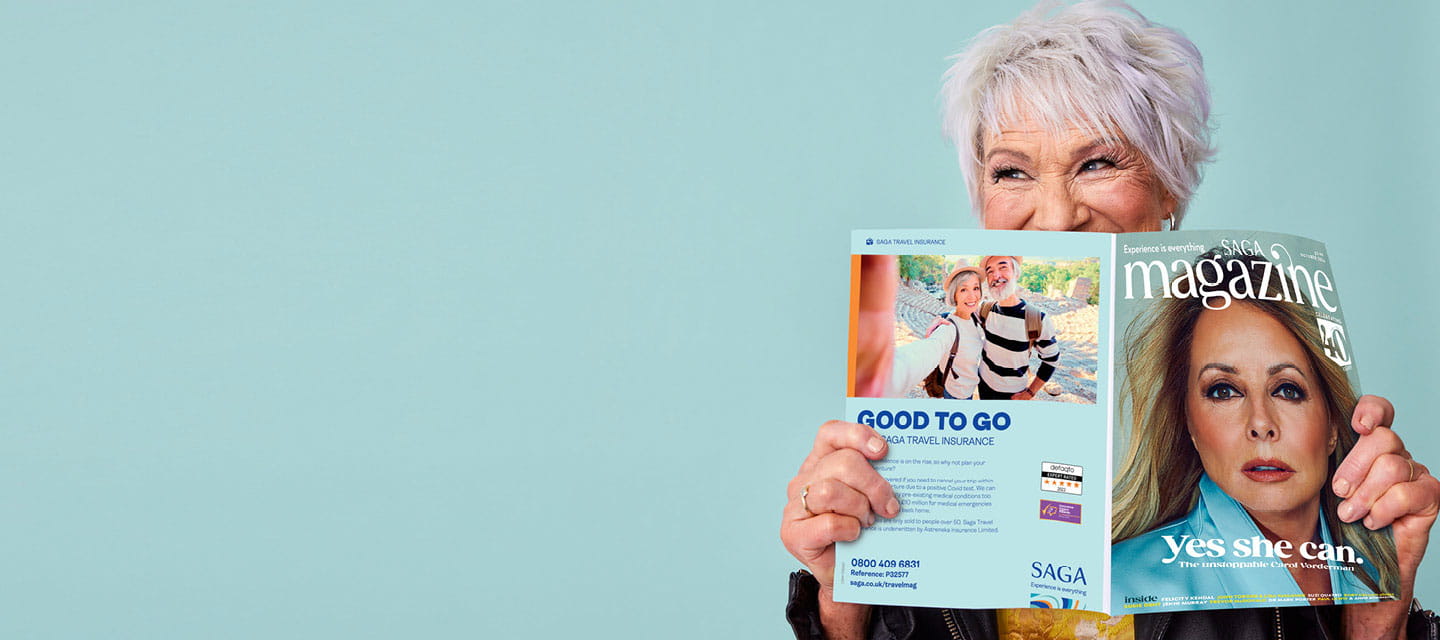Health & Wellbeing
Our experts show you simple and effective ways to stay healthy and active, so you can live your passions every day.

How to get active in the new year
If your New Year's resolution is to get fitter, we've got 7 tips to help make it a fun year-round habit.
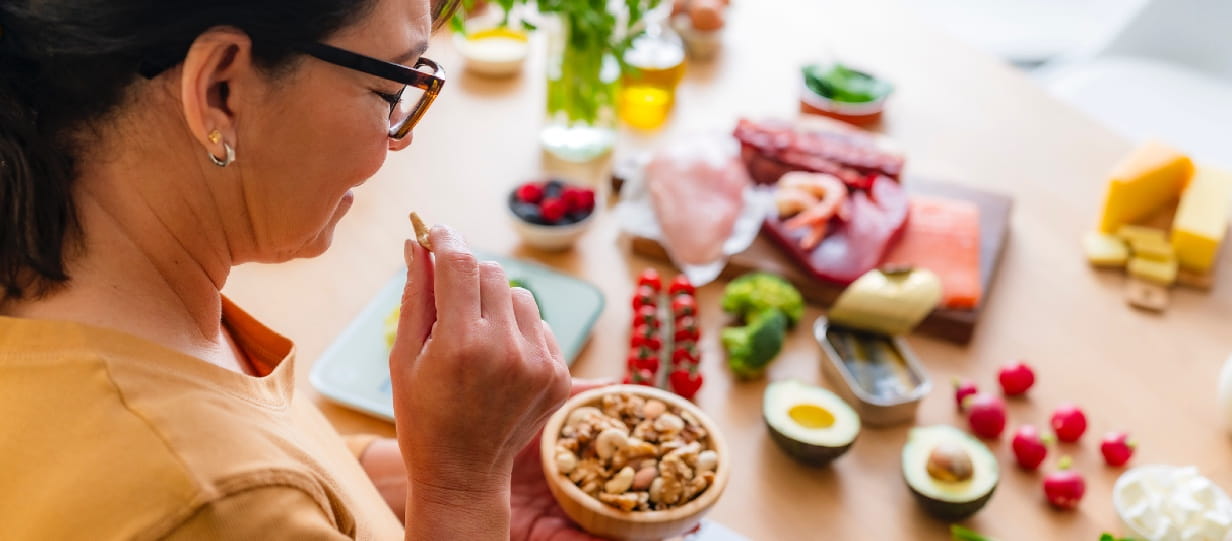
Easy food swaps to boost your health in 2026
10 simple alternative items that can have a big effect on your health – without depriving you.
/josie_0077/morning-yoga.jpeg)
Simple yoga stretches to help ease creaking joints
Embrace the power of yoga and mindfulness to enhance your flexibility, reduce joint pain, and improve your overall wellbeing with this simple, at-home routine.
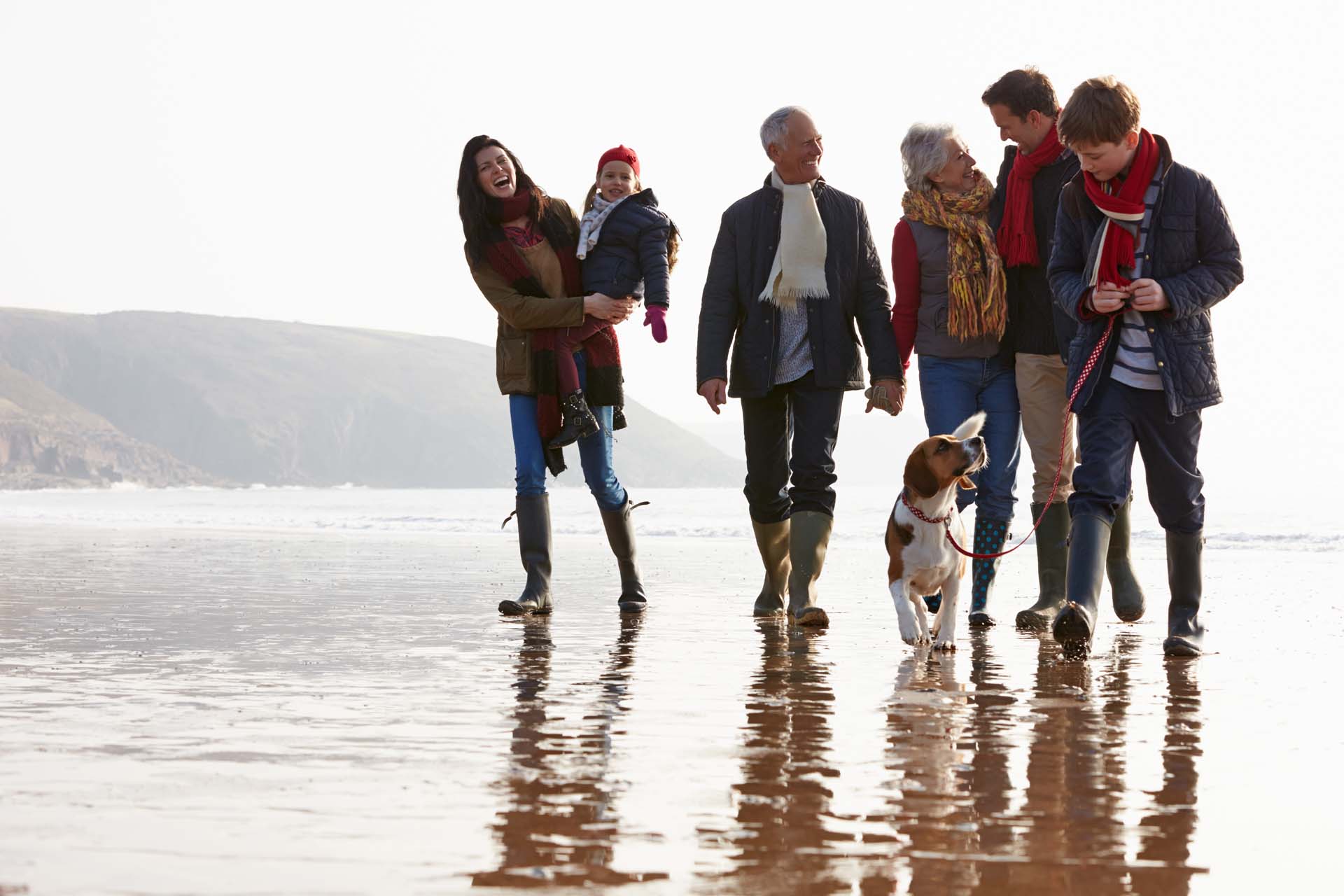
Our 10 best walks for the festive season and new year
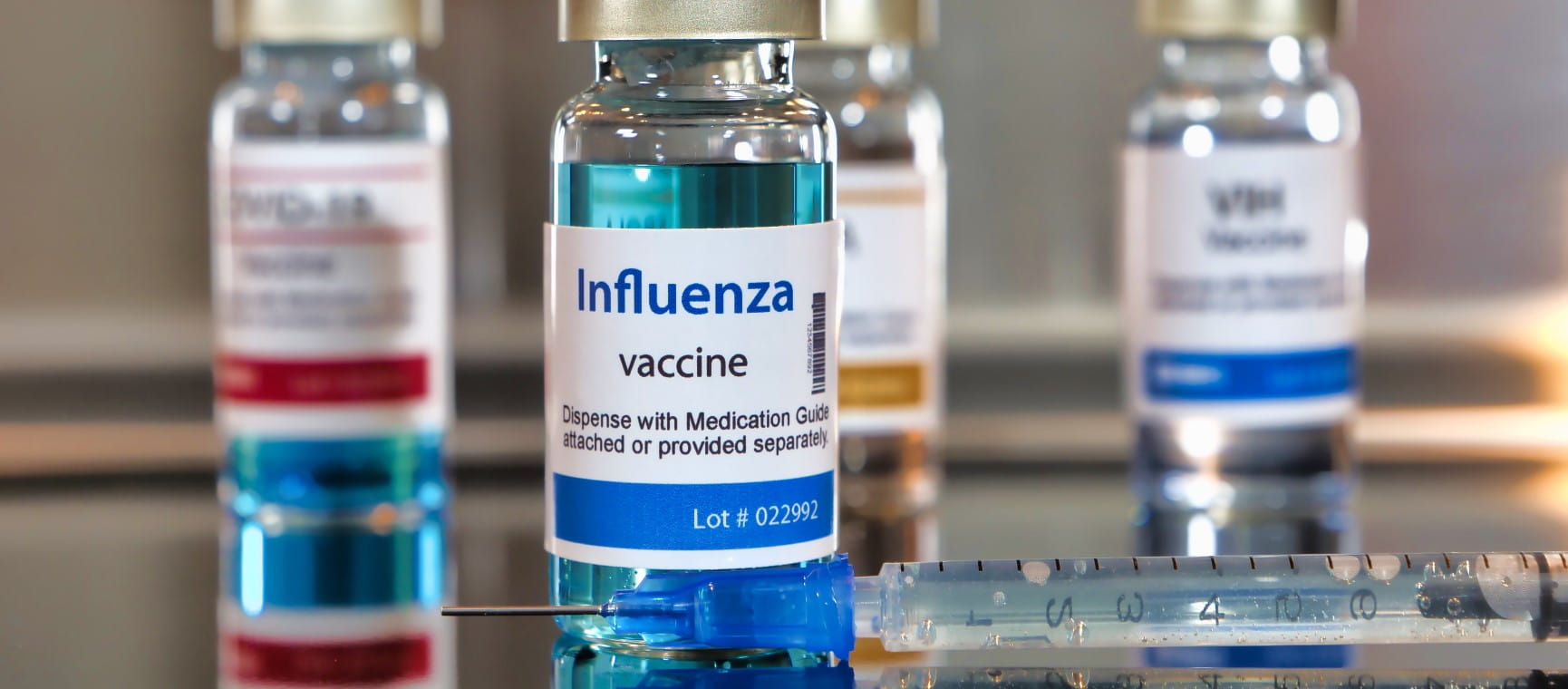
Which vaccines do you need this winter?
From flu to Covid to shingles, we answer common vaccine questions, including who’s eligible, and how you get them.
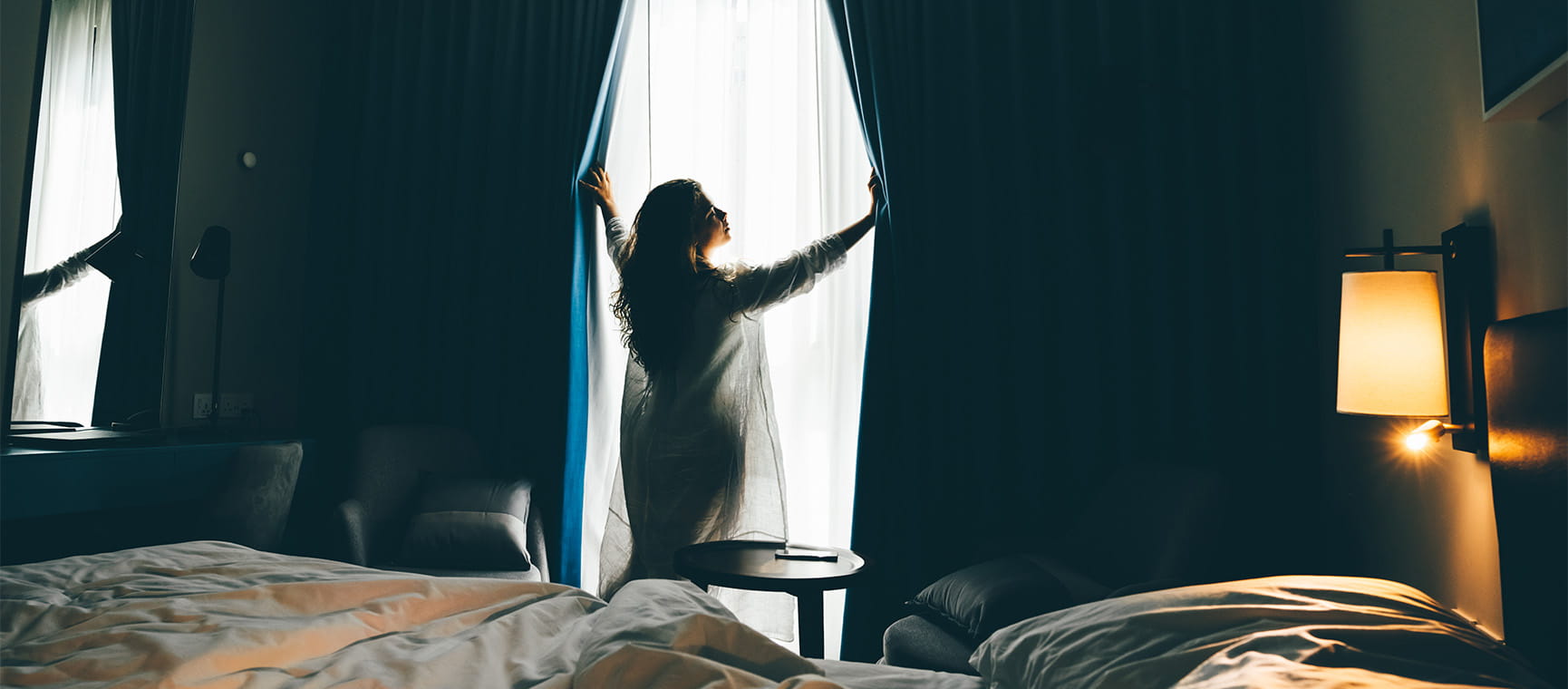
How to feel less groggy in the darker mornings
Want to start winter mornings feeling energised? Follow these five simple tips.
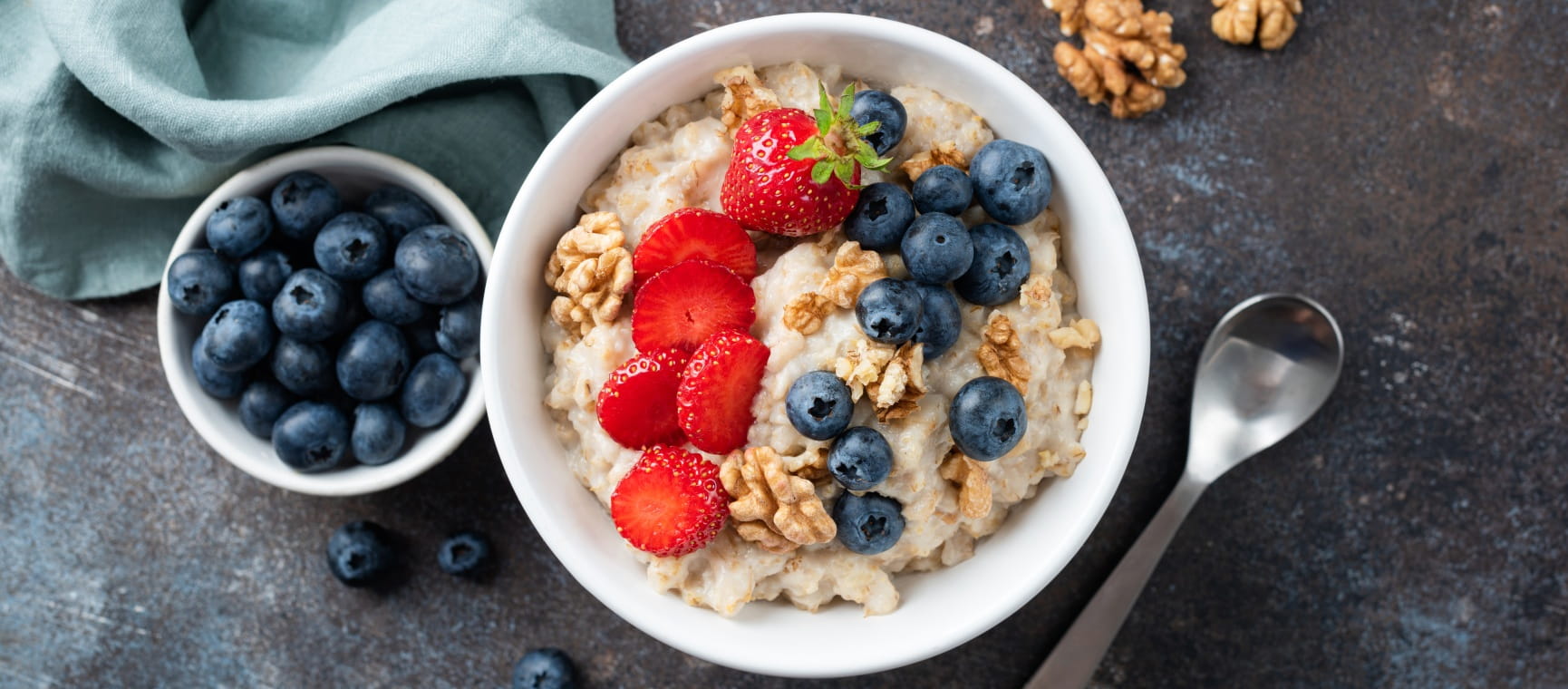
What are the healthiest breakfast foods?
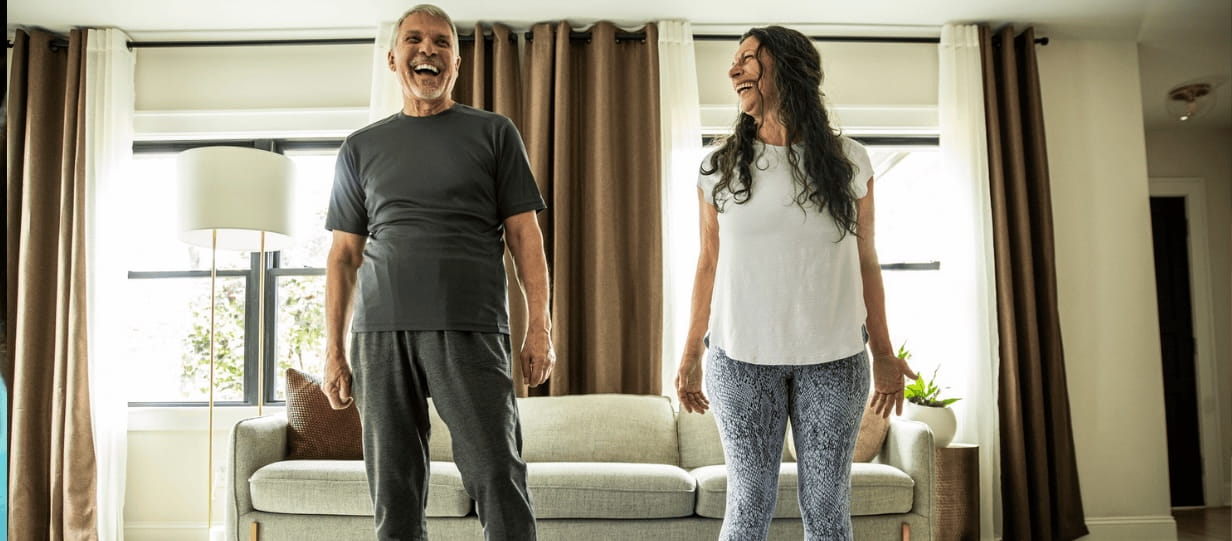
How to leave the sofa and get fit – at any age
These simple tips will have you feeling fit in no time now that Christmas is over.

Warm wearables: how to stay toasty without turning up the heating

How champagne could ward off dementia and heart disease

Easy food swaps to boost your health in 2026
10 simple alternative items that can have a big effect on your health – without depriving you.
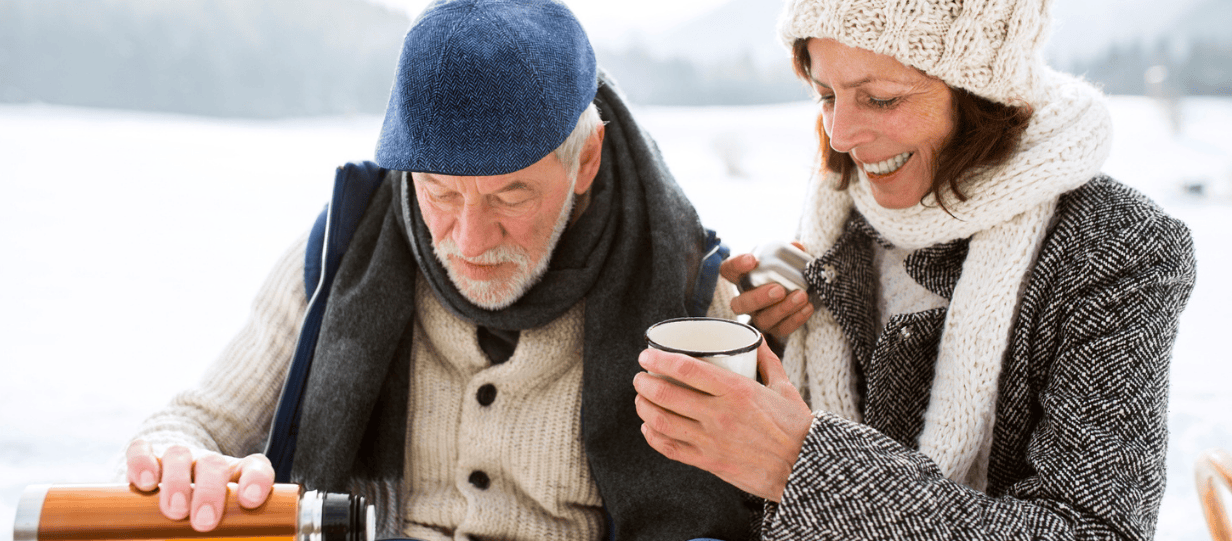
How to keep well in cold weather with expert tips from a GP
Conquer the cold, not your budget, with these affordable ways to stay warm and healthy this winter.

How to get active in the new year
If your New Year's resolution is to get fitter, we've got 7 tips to help make it a fun year-round habit.

What to do if you've overindulged at Christmas

For a limited time, enjoy 3 issues of Saga Magazine for just £1. Receive the next 3 print editions delivered direct to your door, plus 3 months’ unlimited access to the Saga Magazine app—perfect for reading on the go.
Don’t miss your chance to experience award-winning content at an exceptional price.
Play our free daily puzzles
Beat the boredom and exercise your mind with our selection of free puzzles.



